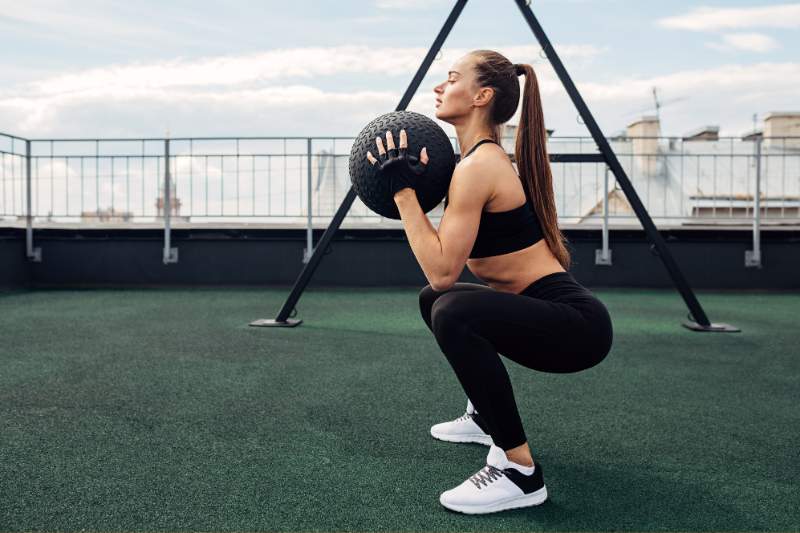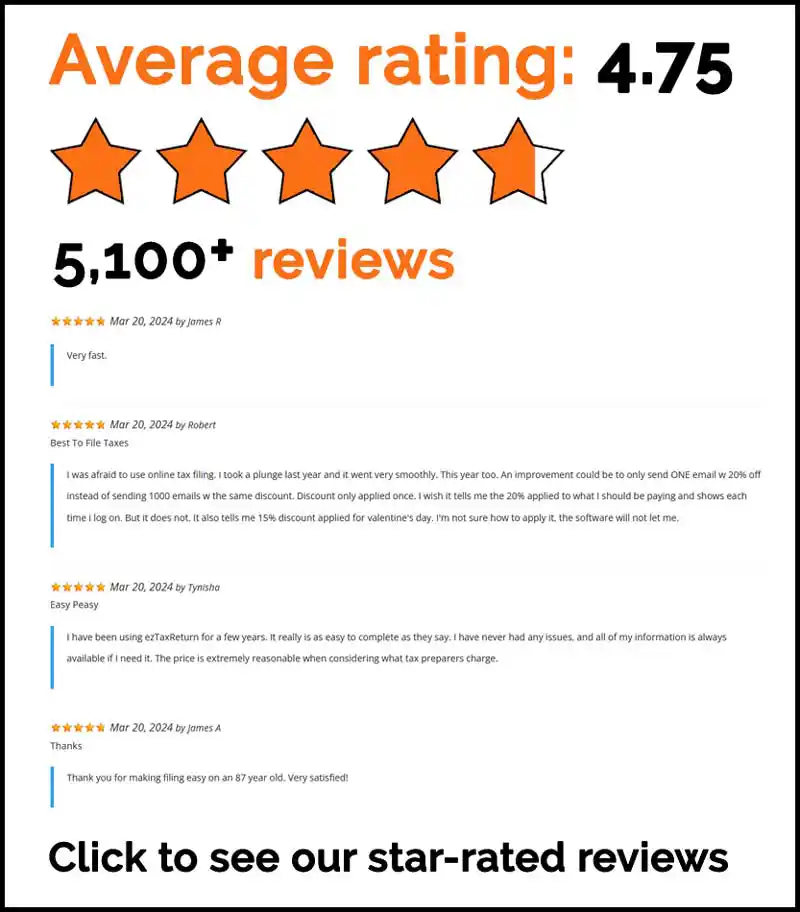Sunny skies and warmer temperatures mean you can finally start exercising outdoors again. From hiking to bike riding, there’s no shortage of things to do. And the change of scenery will make working out feel like less of a chore. But as the mercury and humidity climbs, the risk of heat-related illness also rises. Don’t let the scorching heat keep you from reaching your fitness goals. Here’s how to stay safe while working out in hot temperatures.
Pay attention to the heat index.
Checking the temperature alone doesn’t tell you the full story. You need to factor in the humidity too. The heat index measures how hot it really feels once the humidity is combined with the air temperature. Under hot temperatures and high humidity, you’re at risk of heat-related illnesses such as heat cramps, heat stroke, and heat exhaustion. How hot is too hot to exercise outside? Generally, you should use extreme caution when the heat index is 90°F and above. Keep in mind, the heat index values are for shady locations. If you’re working out in direct sunlight, the heat index can be up to 15 degrees higher.
According to the National Weather Service, these are the potential risks of prolonged exposure and/or physical activity.
| Category | Heat Index | Potential Risks |
|---|---|---|
| Caution | 80°F – 90°F | Fatigue possible |
| Extreme Caution | 90°F – 103°F | Heat stroke, heat cramps, or heat exhaustion possible |
| Danger | 103°F – 124°F | Heat cramps or heat exhaustion likely, and heat stroke possible |
| Extreme Danger | 125°F or higher | Heat stroke highly likely |
Exercise during the cooler parts of the day.
Avoid doing any strenuous activities outdoors during the peak heat hours of 10am – 4pm. Adjust your workout schedule so you either do it earlier in the morning or later in the evening when it’s cooler.
Hydrate, hydrate, hydrate.
Staying hydrated during the hot weather is one of the most important things you can do to prevent heat-related illness. If you wait until you’re thirsty to start drinking water, your body is already on the path to being dehydrated. This can lead to heat exhaustion. When exercising in the heat, you need to drink an 8-ounce cup of water every 15-20 minutes. But don’t drink more than 48 ounces per hour because if the concentration of salt in your blood becomes too low, it can cause a medical emergency.
One of the best ways to know if you need to increase your water intake is to examine your urine. It sounds gross but the darker it is, the more dehydrated your body is. The goal is for your urine to be the color of lemonade or lighter.
Protect your skin from harmful UV rays.
One in five Americans will develop skin cancer by the time they’re 70. Since your exposure to UV light is preventable, it’s highly recommended that you cover your skin as much as possible in hot weather. This means wearing protective clothing such as long sleeves, pants, a wide brimmed hat, and UV-blocking sunglasses. You also need to apply sunscreen 15 minutes before going outside. Dermatologists recommend wearing waterproof sunscreen with broad-spectrum protection and an SPF of at least 30. Most adults need 1 ounce of sunscreen to cover their entire body, or enough to fill a shot glass. Make sure you reapply every two hours if you’re going to be outside for a long time. This will help protect your skin from skin cancer, sunburn, and early aging.
Wear light, breathable clothing.
Companies make workout clothes in bright colors for a reason. Lighter colors reflect heat and help you feel cooler. Look out for items made of polyester/lycra blends because they’re designed to keep sweat away from the body.
Know your limit.
The heat affects people differently. If you have cardiovascular disease, diabetes, or any other chronic illnesses check with your doctor moving your workout outdoors. Exercising in the heat can make even the simplest workouts more challenging, so take frequent breaks and reduce the intensity as needed.
Learn the signs and symptoms of heat-related illness.
Exercising in the hot temperatures can lead to heat-related illness. These are the signs to look for and what to do.
Heat Stroke
Heat stroke is the most serious heat-related illness. It occurs when your body can no longer control its temperature and it keeps rising. Heat stroke symptoms include:
- High body temperature (103°F or higher)
- Hot, flushed skin
- Racing heart rate
- Throbbing headache
- Dizziness
- Nausea and vomiting
- Confusion
- Unconsciousness
What to do: Call 911 immediately. Move to a cooler place and try to lower your body temperature with a cool cloth or bath. Do not drink any fluids.
Heat exhaustion
Heat exhaustion symptoms include:
- Heavy sweating
- Cool and clammy skin
- Fast, weak pulse
- Nausea or vomiting
- Muscle cramps
- Weakness or tiredness
- Dizziness
- Headache
- Fainting
What to do: Move to the shade or indoors, loosen your clothing, take a cool bath or apply cool, wet cloths to your body, and sip water.
Seek immediate medical attention if you are vomiting, your symptoms get worse or last more than 1 hour.
Heat cramps
Heat cramps are usually the first sign of a heat-related illness. Watch out for:
- Heavy sweating
- Muscle pain or spasms usually in legs and abdomen
What to do: Stop your workout and move to a cooler place. Drink water or a sports drink and wait for the cramps to go away.
Seek immediate medical attention if the cramps last longer than an hour, you’re on a low sodium diet, or you have heart problems.
Ready to get your taxes done?
The articles and content published on this blog are provided for informational purposes only. The information presented is not intended to be, and should not be taken as, legal, financial, or professional advice. Readers are advised to seek appropriate professional guidance and conduct their own due diligence before making any decisions based on the information provided.




